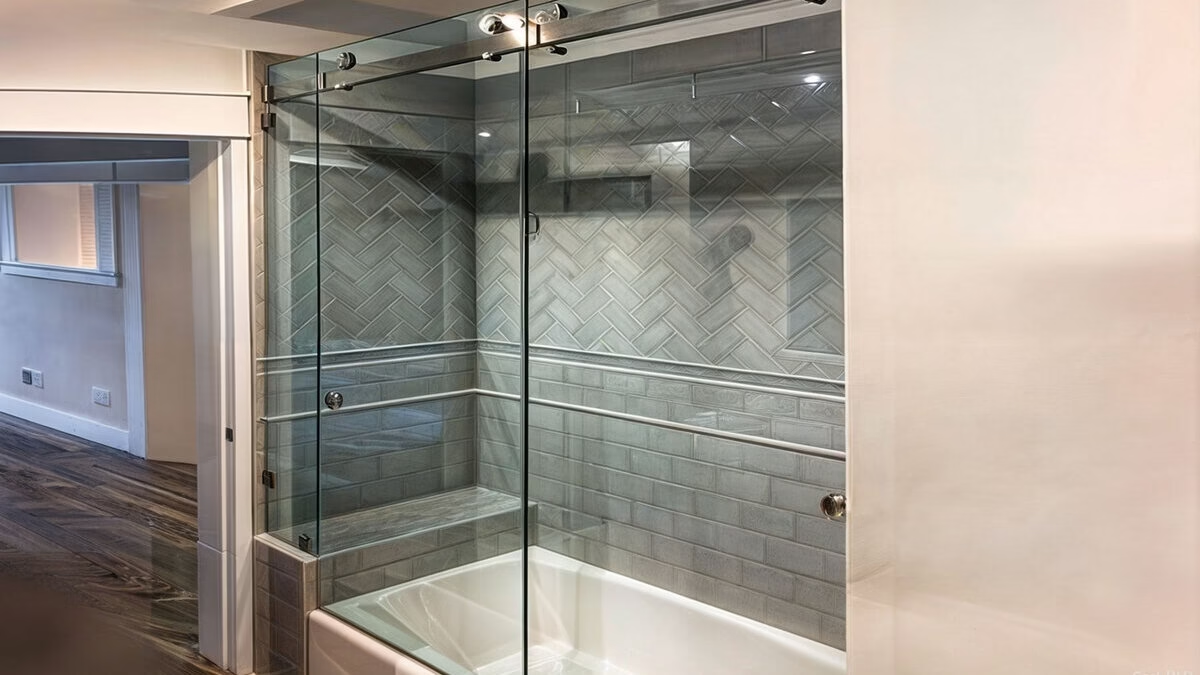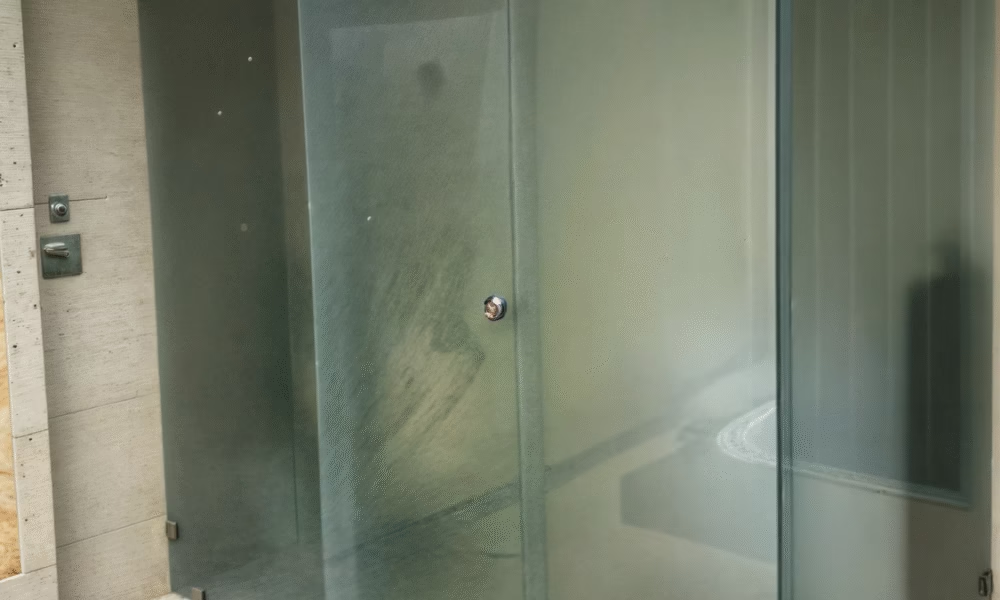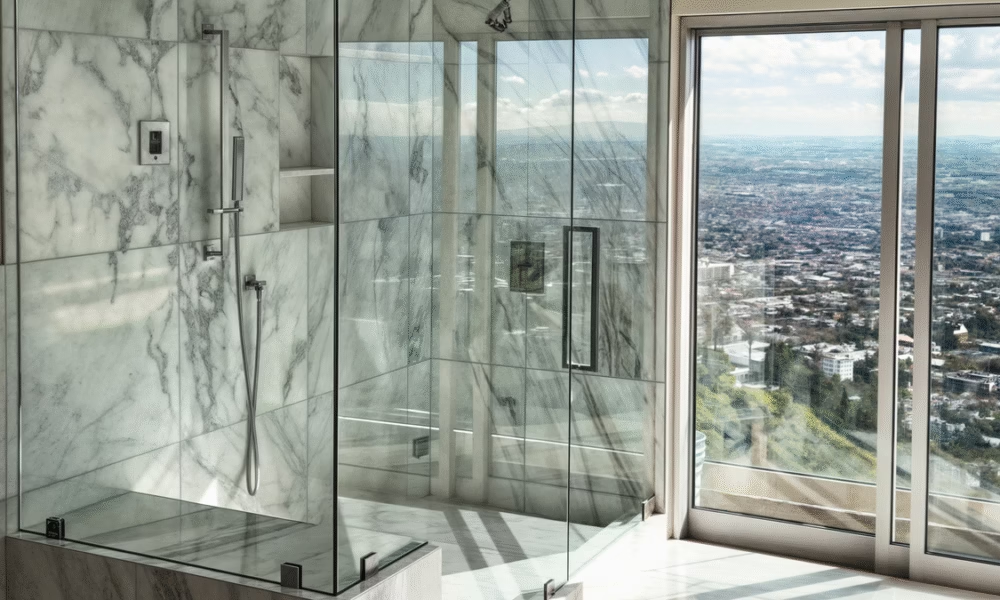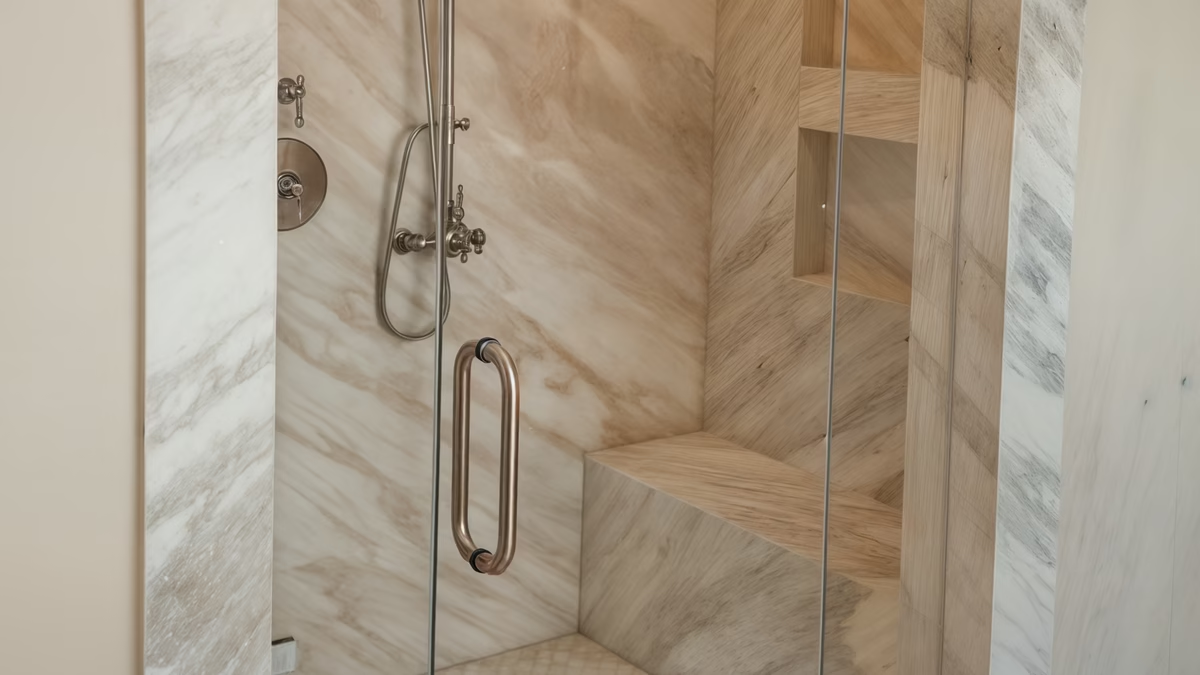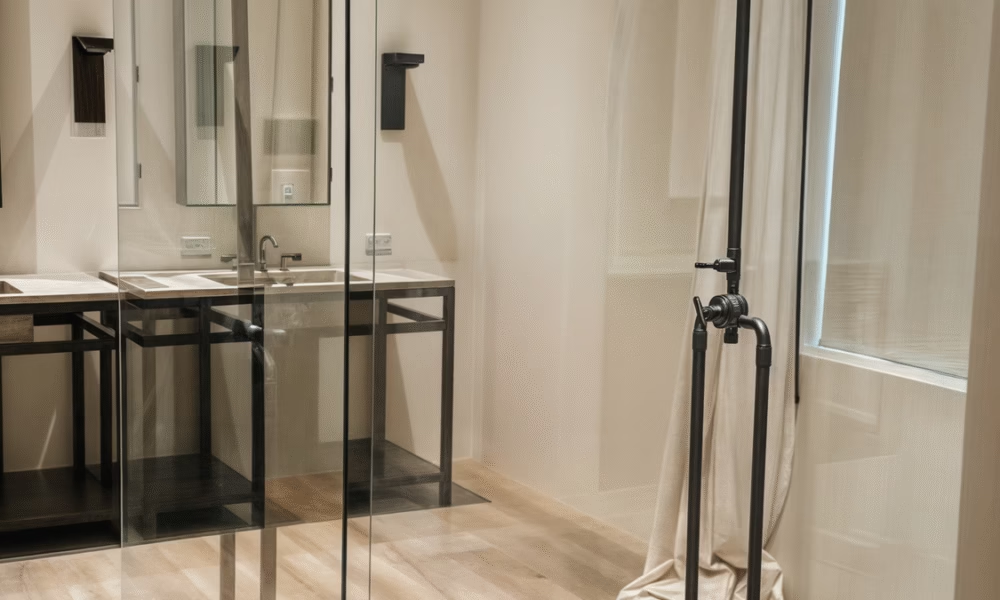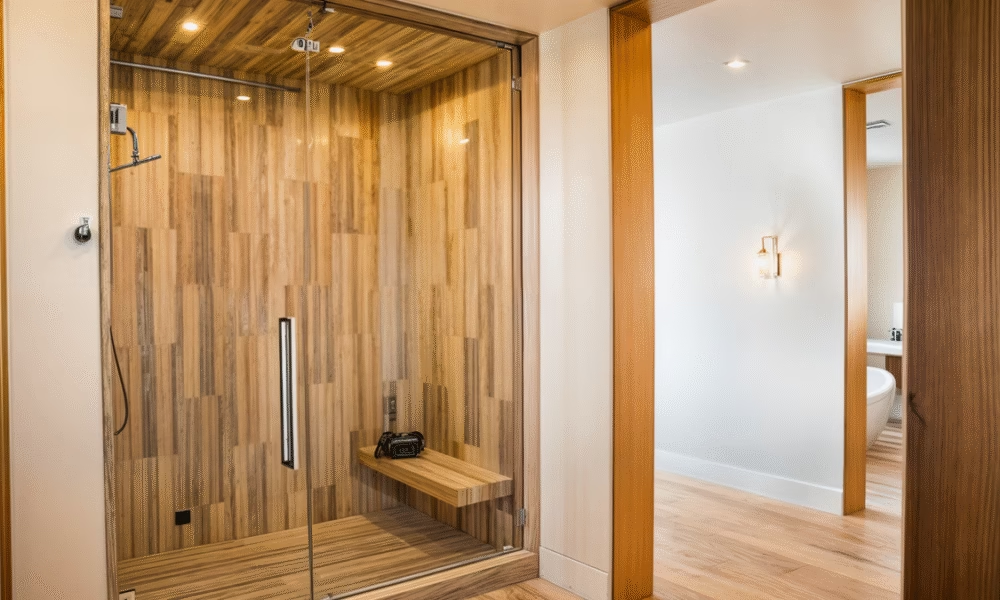-
Nov, Wed, 2025
What Makes a Luxury Aluminum Door Truly Premium?
Being truly premium means achieving the perfect balance between minimalist design, high-performance engineering, advanced security, and verified durability backed by technical standards.
Architects and contractors who specify this type of solution look for ultra-slim lines, precise closures, thermal and acoustic insulation, and a system that can be installed with accuracy while maintaining its performance for years.
Below, we’ll explain the elements that turn an aluminum door into a true luxury feature like covering materials, hardware, seals, climate performance, and certifications. Then you can evaluate, beyond marketing claims, what really qualifies as a premium aluminum door.
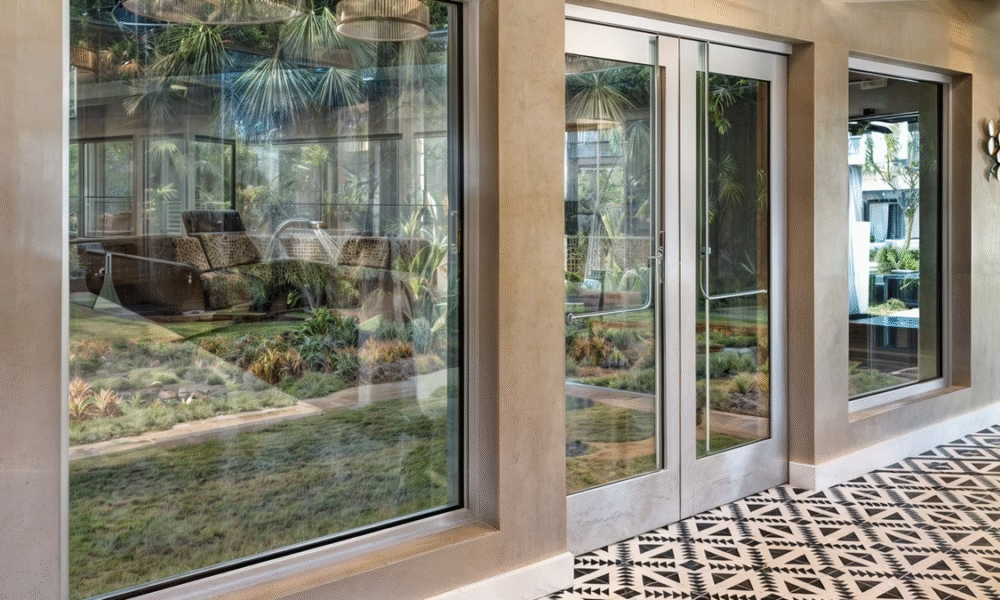
What Makes Your Aluminum Door Truly Premium? Materials and Finishes
The first indicator of a luxury aluminum door is the quality of its base material. Not all aluminum profiles are created equally. Several factors determine both durability and the final aesthetic:
- Purity of the alloy
- Profile thickness
- Type of finish
Premium doors use high-density extruded aluminum, with uniform thickness and precision-mitered joints that ensure structural stability. Unlike low-cost systems, they don’t warp, vibrate, or produce noise when opening or closing.
When it comes to finishes, anodized or powder-coated options provide a protective layer that resists corrosion, humidity, and UV exposure. They also allow for a wide range of custom colors, such as matte black, bronze, titanium gray, or metallic tones, that complement contemporary architectural projects.
It’s Not Just About Design: Luxury Doors Offer Superior Thermal and Acoustic Performance
A luxury aluminum door isn’t just about aesthetics. It must also deliver optimal performance under varying environmental conditions. In both residential and commercial projects, this translates into thermal comfort, energy efficiency, and acoustic insulation.
To make sure you’re investing in a truly premium product, consider these two key factors:
Thermal Insulation
Premium systems integrate a thermal break, an internal barrier between the exterior and interior aluminum surfaces that prevents heat or cold transfer. This technical feature helps reduce energy consumption, maintain a stable indoor temperature, and improve overall building efficiency.
Acoustic Insulation
A well-engineered structure combined with high-quality perimeter seals provides significant noise reduction. When paired with insulated or laminated acoustic glass, Sunny Lux doors deliver superior comfort and privacy that’s ideal for urban homes or high-noise environments.
Always review key performance metrics such as the U-factor (thermal insulation) and STC/OITC (sound transmission loss), as these indicate the true performance level of the system.
Advanced Security and Structural Strength for Ultimate Luxury
Luxury aluminum doors also represent a higher level of protection for both homes and buildings. In the case of Sunny Lux doors, every component is engineered to deliver physical security, structural integrity, and impact resistance.
Here are three key factors to consider:
- Impact-Resistant Glass: Using laminated or impact-resistant glass allows the door to withstand strong winds, impacts, or intrusion attempts. In the rare event of breakage, the glass remains adhered to the inner film, preventing dangerous shards and maintaining overall structural stability.
- Multi-Point Locking System: The 4-point locking system distributes pressure evenly across multiple contact points, ensuring a tighter seal and minimizing the risk of forced entry. This type of hardware is common in high-performance doors because it enhances both security and airtightness.
- Reinforced Frame: The frame and profiles are designed to resist wind pressure and structural loads according to ASTM E330 standards. This ensures the door maintains its shape, seal, and functionality even under extreme conditions.
Architectural Design and Customization: The Distinctive Touch of Luxury
In high-end residential and commercial projects, design conveys identity, precision, and architectural harmony, especially in premium-level spaces. Luxury aluminum doors like Sunny Lux stand out for their ability to adapt to different styles while maintaining elegance and performance.
In fact, the Sunny Lux door offers three key advantages for projects that seek maximum customization:
- Minimalist lines and ultra-slim profiles: The Sunny Lux design is defined by its clean lines and slender 2⅛” frames, creating a light, modern appearance that integrates seamlessly with the surrounding architecture.
- Total customization in finishes and colors: Anodized or powder-coated finishes offer a wide range of tones, such as matte black, champagne, dark bronze, titanium gray, or pearl white, making it easy to match the aesthetic concept of each project.
- Flexible opening and configuration options: Available in single or double-door versions, with inswing or outswing options, the Sunny Lux adapts to both residential and commercial spaces. In addition, the adjustable jamb allows for up to ¼” tolerance on each side, ensuring a precise installation even on uneven walls.
A true premium door should not only look good, but it should also integrate harmoniously with the carpentry, windows, and lighting of the space. Visual coherence is one of the defining traits of modern architectural design.
Luxury = Certified Performance
In modern architecture, luxury is not defined solely by aesthetics but by verified performance quality. Premium aluminum doors like Sunny Lux undergo international testing and certification to ensure efficiency, safety, and long-term durability under real-world conditions.
These certifications give architects and builders full confidence in their performance over time:
- Thermal Insulation (AAMA 1503-09): Sunny Lux achieves a rating of 0.40 BTU/h·ft²·°F, representing excellent energy efficiency. Thanks to its thermally broken frame, it helps maintain stable indoor temperatures and reduce HVAC costs.
- Air and Water Resistance (ASTM E283 / E547): It exceeds air infiltration standards with only 0.26 cfm/ft² and passes water penetration tests at 150 Pa (3.13 psf), providing superior sealing even in rainy or windy conditions.
- Structural Load and Stability (ASTM E330-14): Successfully tested at 30.08 psf (positive and negative pressures), ensuring a solid and stable structure capable of withstanding high winds and extreme environments.
- Sealing and Acoustic Comfort: Its fully sealed profiles and multipoint locking system improve sound insulation, significantly reducing external noise and enhancing indoor comfort.
Always request technical data sheets and laboratory test results when comparing premium doors. A trustworthy manufacturer should be able to present complete certifications and verified performance data.
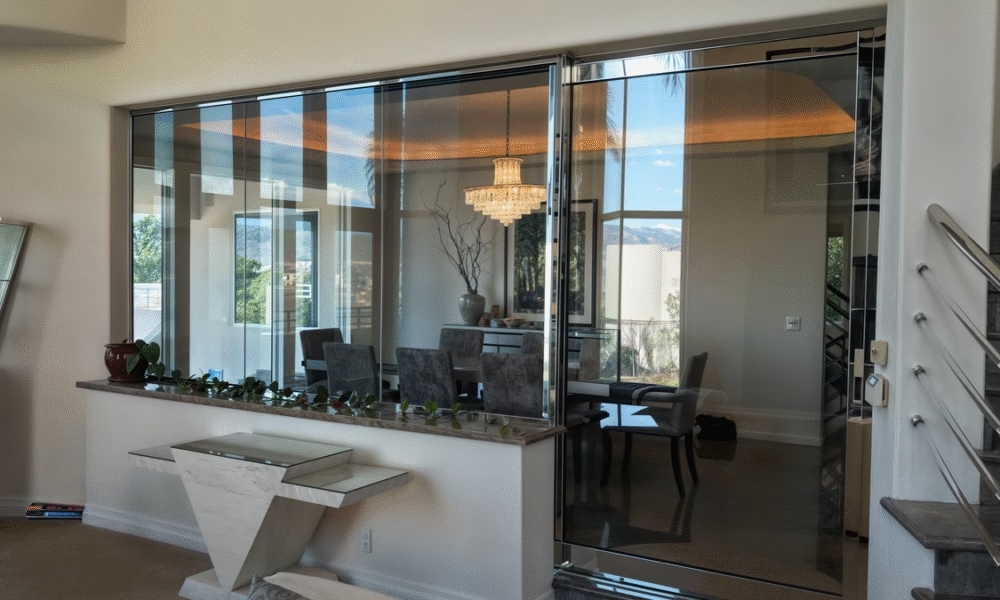
Climate Resistance and Impact Protection: A Decisive Buying Factor
A true premium door must not only look elegant but also provide security and resilience against extreme conditions. In coastal environments, or regions exposed to storms and strong winds, performance becomes a key decision factor.
High-end aluminum doors like Sunny Lux integrate advanced materials and engineering to protect interior spaces without compromising on design.
Impact-Resistant Glass
Impact-resistant glass is specifically fabricated to withstand hurricane-force winds and airborne debris. In the rare event of breakage, the internal laminated layer keeps the fragments together, preventing injury and maintaining the door’s integrity until repairs can be made.
Reinforced Structure and Sealed Frames
The door’s extruded aluminum frame and high-performance perimeter seals prevent air and water infiltration even under pressure. This not only enhances safety but also improves energy efficiency and long-term durability.
Urban and Residential Protection
Beyond natural elements, the system can include laminated security glass and a four-point locking mechanism, providing an additional physical barrier against intrusion or vandalism.
The real difference between a standard aluminum door and a premium one lies in the details, its engineering, materials, and ability to deliver consistent performance over time.
Sunny Lux represents a new generation of aluminum doors that combine minimalist design, thermal and acoustic insulation, advanced security, and certified high-performance standards.
Every element, from its impact-resistant glass to its four-point locking system, is designed to provide peace of mind, elegance, and energy efficiency in one complete product.
To keep it running smoothly, it is highly recommended to perform proper maintenance to avoid problems such as leaks or broken glass. In fact, it is important to have this done by a technician in most cases.
For architects, contractors, and homeowners, investing in a luxury aluminum door means choosing a design that stands the test of time, delivers a higher level of comfort, and offers a certified guarantee of quality.
👉 Request technical sheets and personalized consultation for the Sunny Lux door. Our technical team can help you define dimensions, finishes, and configurations tailored to your next residential or commercial project in the United States.



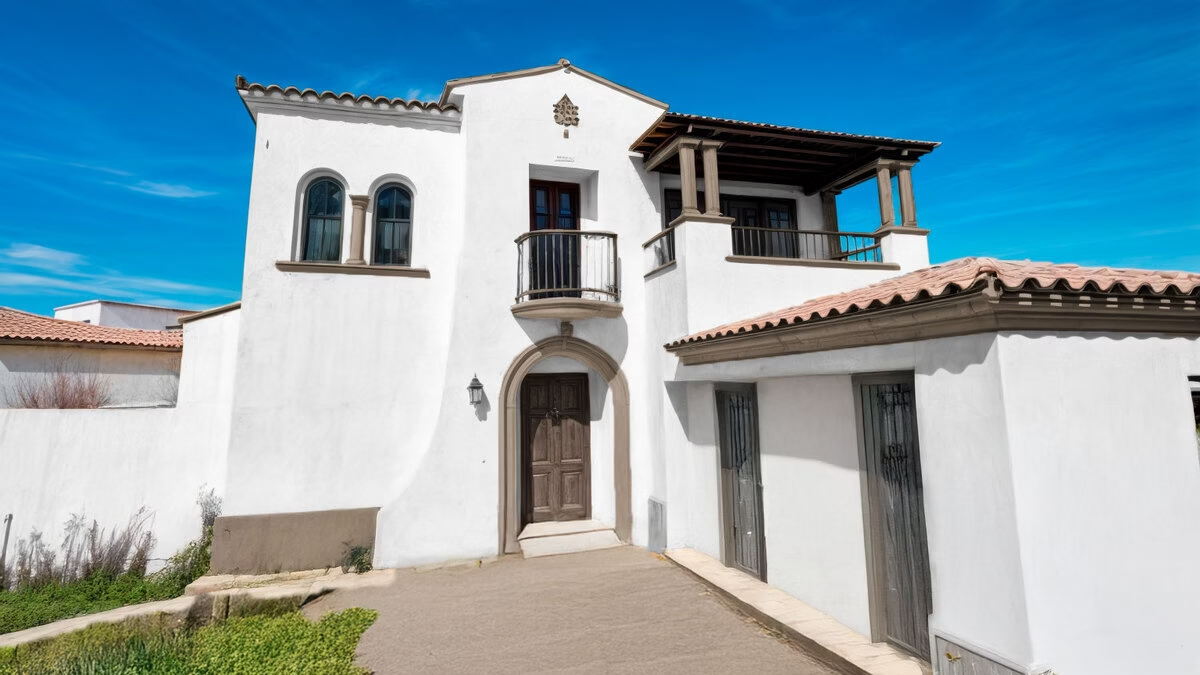
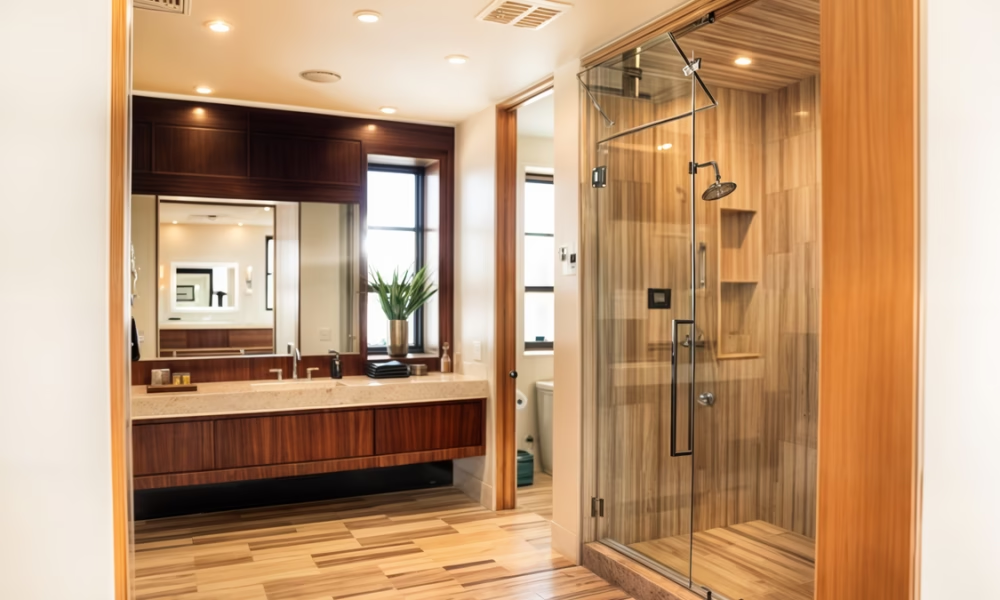
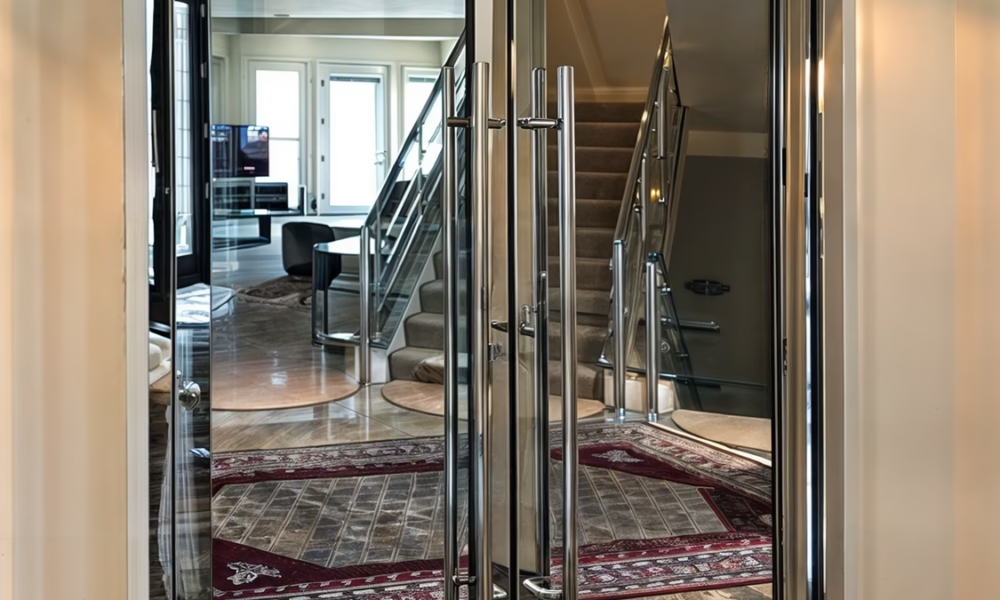
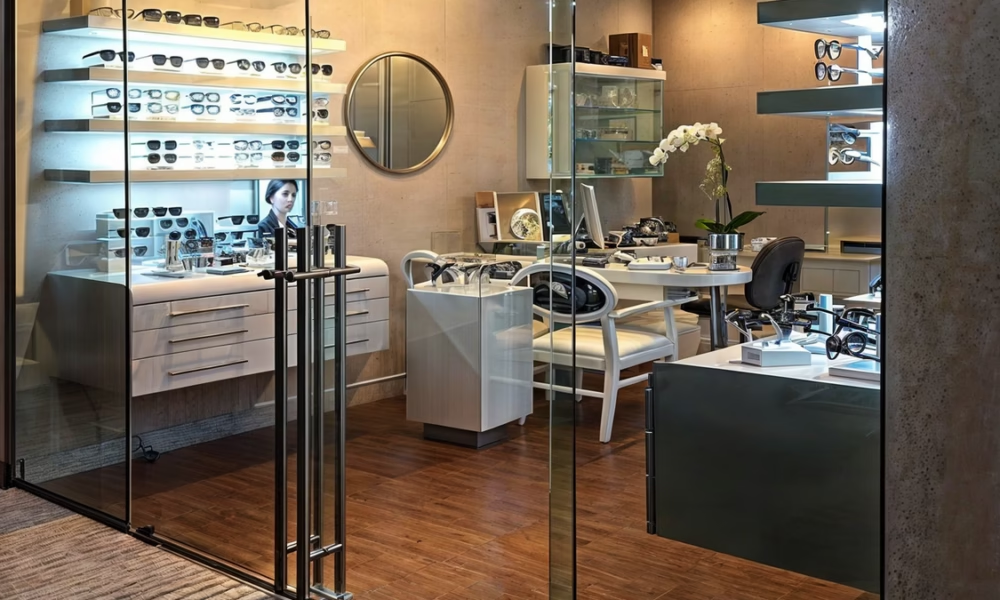
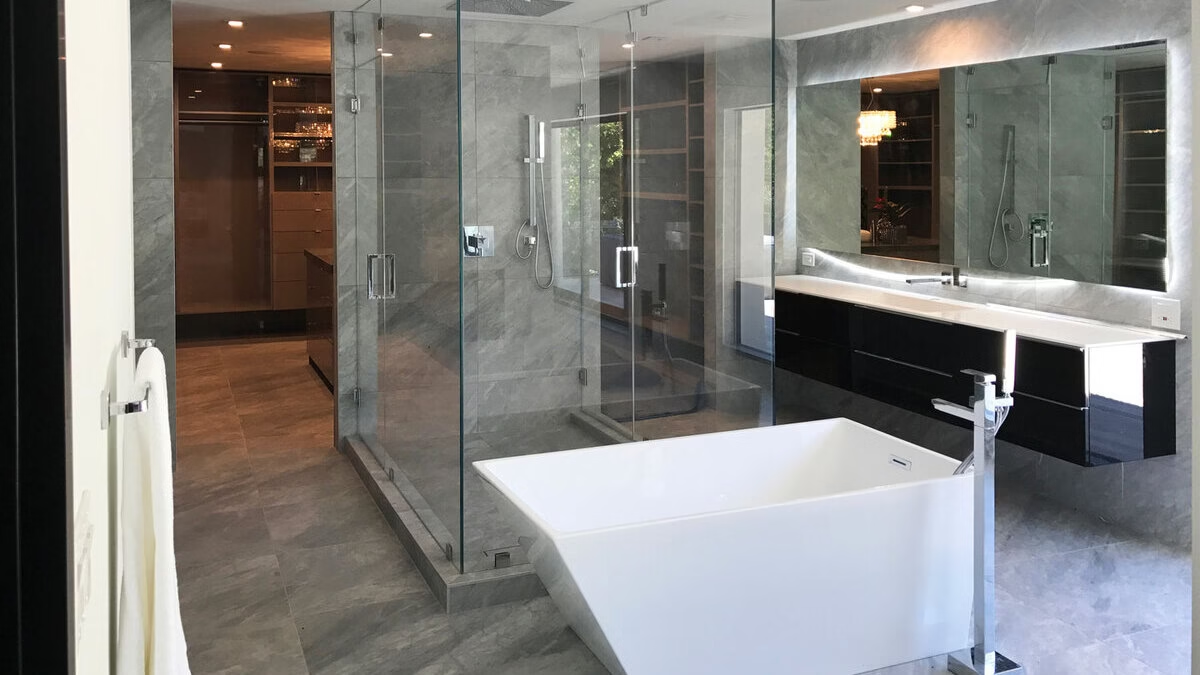
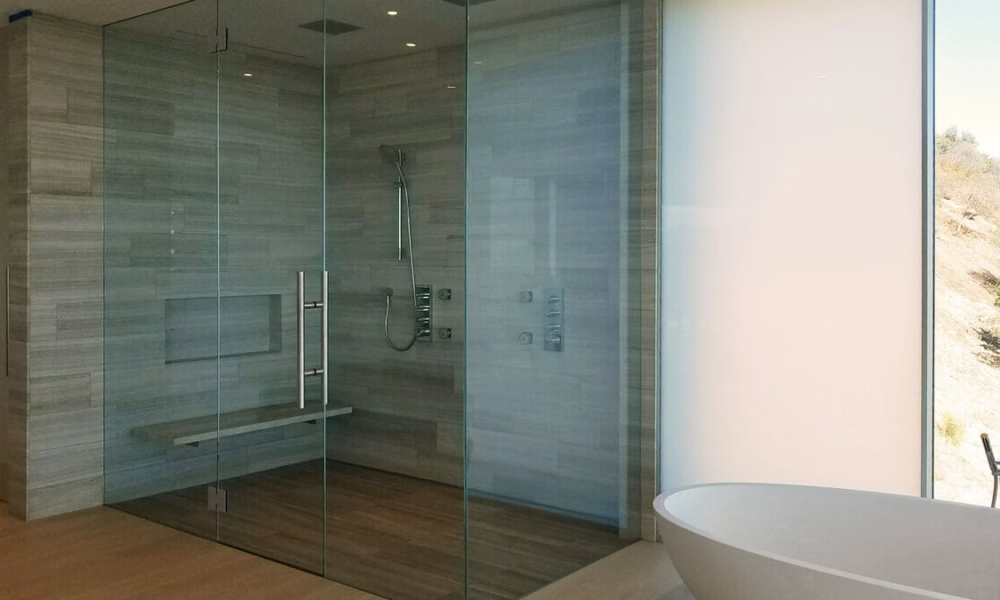
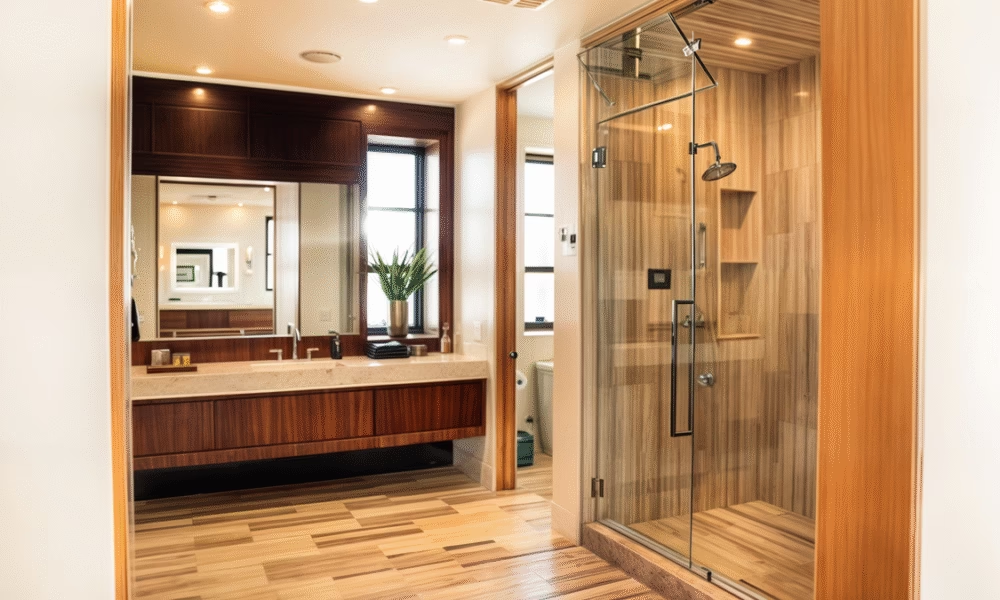
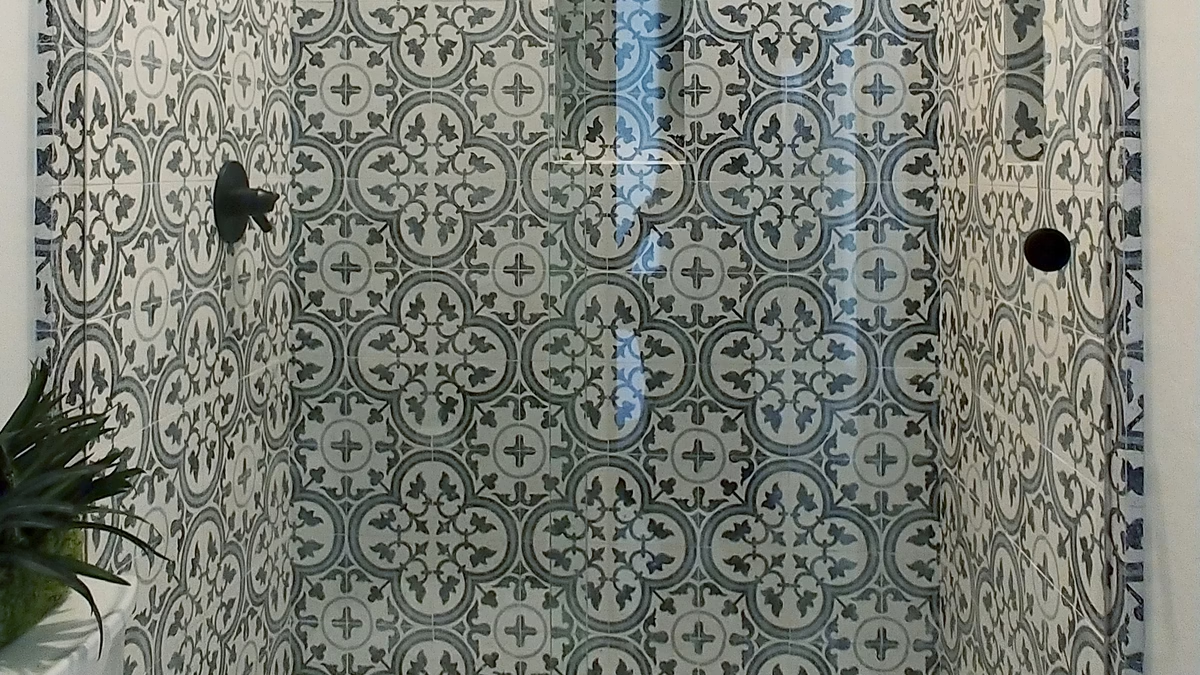
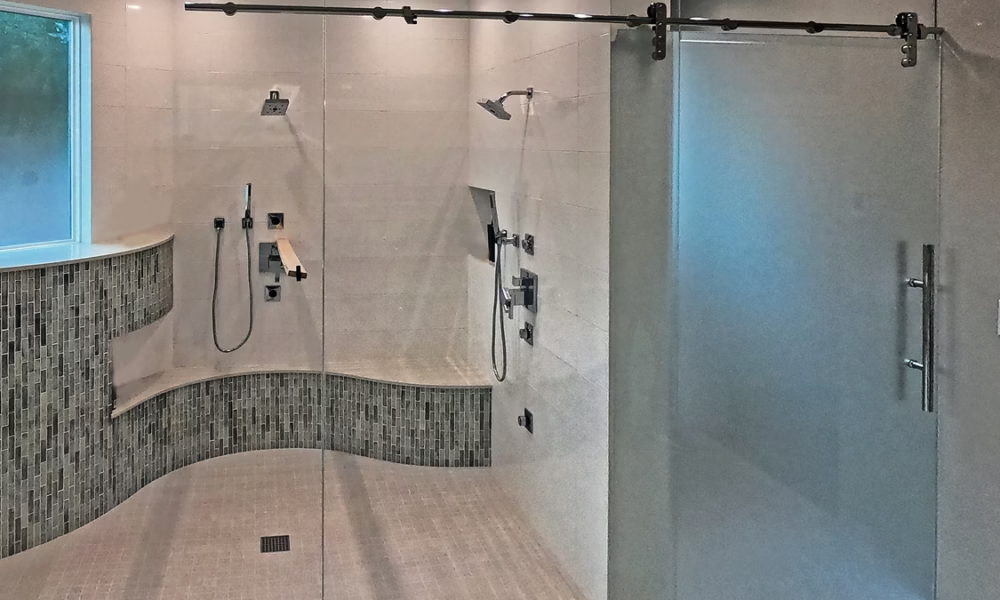
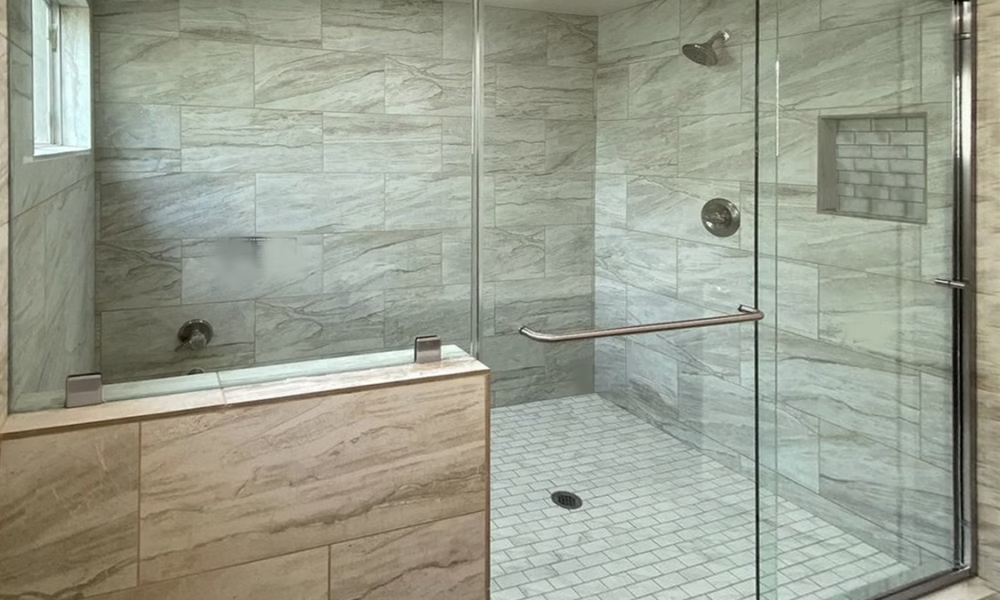
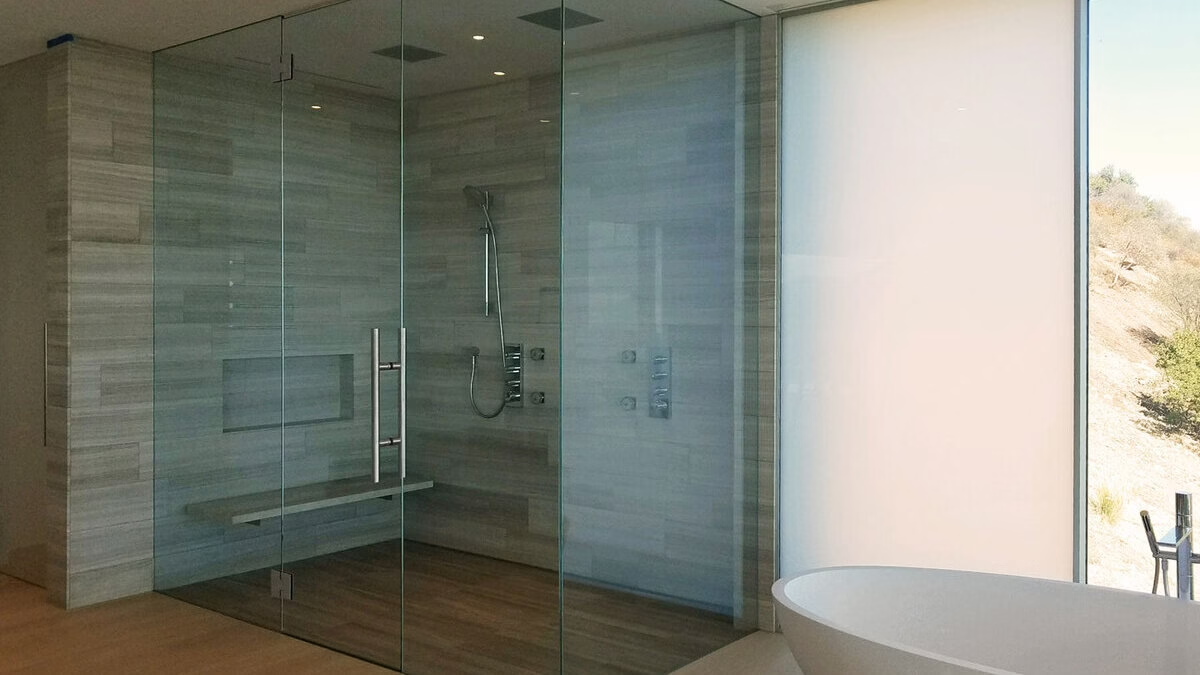
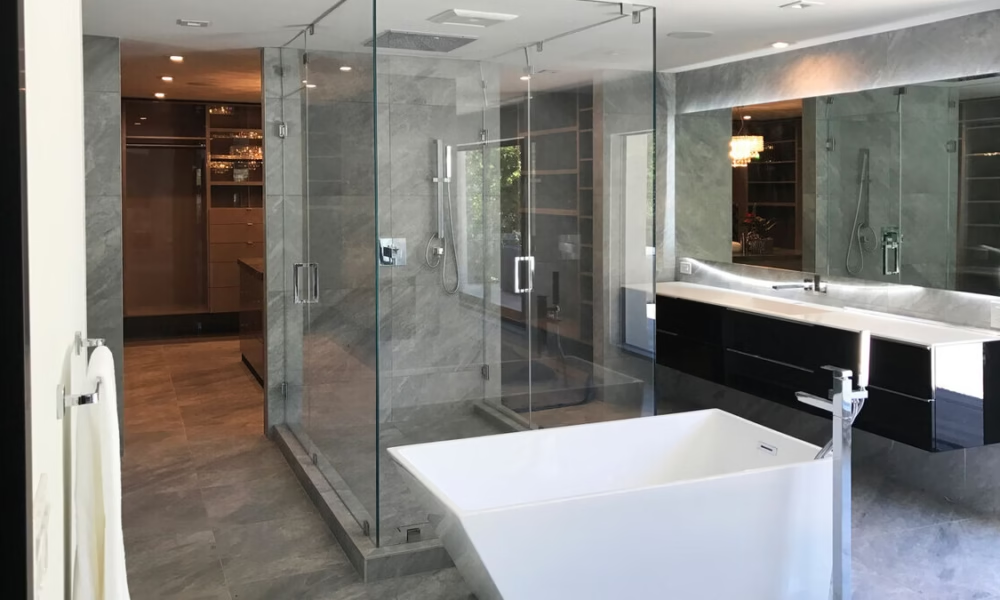
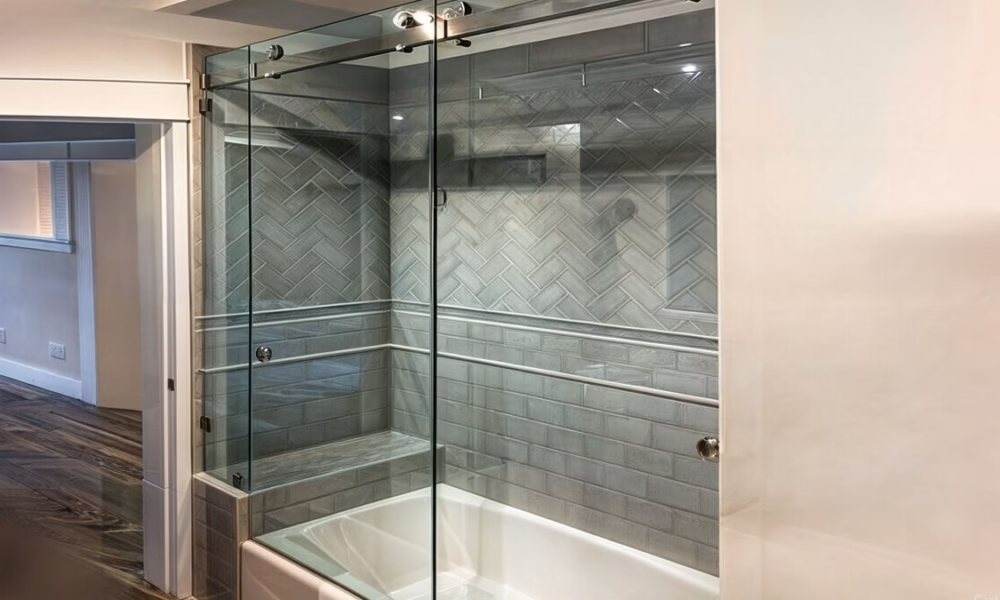
 Clear Manufacturing & Delivery Times
Clear Manufacturing & Delivery Times They only talk about price, not technical specs: If someone avoids explaining the type of glass, hardware, or seals… something is definitely off.
They only talk about price, not technical specs: If someone avoids explaining the type of glass, hardware, or seals… something is definitely off. Looking for high-quality shower doors in the United States? PRL provides personalized assistance, certified safety glass, and industry-leading lead times for both residential and commercial projects. Request a technical consultation today and ensure a flawless installation from day one.
Looking for high-quality shower doors in the United States? PRL provides personalized assistance, certified safety glass, and industry-leading lead times for both residential and commercial projects. Request a technical consultation today and ensure a flawless installation from day one.